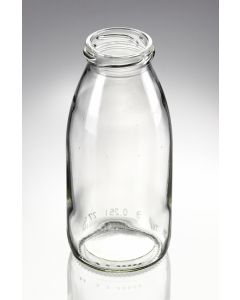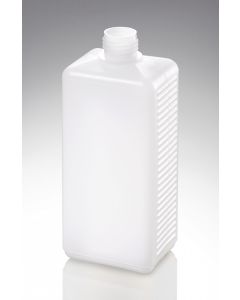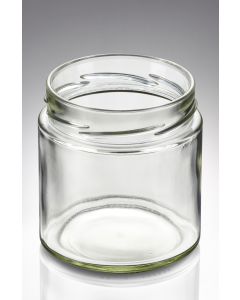We use cookies to make your experience better. To comply with the new e-Privacy directive, we need to ask for your consent to set the cookies. Learn more.
All about food


Flavour, durability and more
Food, a collective term for all substances that humans consume in a raw, prepared or processed state, can be divided into plant and animal foods. Processed foods are referred to as foodstuffs. The route that food takes from the producer or manufacturer to the end consumer is essentially characterised by packaging that guarantees freshness and shelf life. The type of packaging varies depending on the food group and its specific requirements.
Packaging and its importance
Packaging plays a crucial role in preserving the quality, freshness and shelf life of food. It protects against contamination, mechanical damage and environmental influences. It also facilitates transport and storage. The choice of packaging depends heavily on the type of food.
Food packaging by group
1. beverages
- Packaging: Primarily glass bottles
- Reasons: Glass is inert and preserves the flavour and purity of beverages, as well as providing a good barrier against gases and moisture.
2. dairy products
- Packaging: Glass bottles and jars, sometimes also plastic containers
- Reasons: Glass packaging protects delicate dairy products from light and air, which extends shelf life. Plastic can also be used, especially for products with a shorter shelf life.
3. fruit and vegetables
- Packaging: Glass packaging (jars, bottles)
- Reasons: Glass packaging preserves the freshness and nutritional content of pickled fruit and vegetables and prevents contact with oxygen, which contributes to spoilage.
4. fats (e.g. butter, oils)
- Packaging: Plastic packaging, sometimes glass bottles for oils
- Reasons: Plastic is lightweight and inexpensive, but still provides adequate protection. Glass is often used for high quality oils as it preserves the flavour and provides an attractive presentation.
5. sweets
- Packaging: Primarily plastic packaging
- Reasons: Plastic is flexible, lightweight and protects sweets from moisture and contamination.
Advantages of glass and plastic packaging
Glass packaging
- Advantages:
- Chemically inert and does not affect flavour
- Excellent barrier against gases and moisture
- Reusable and recyclable
- Transparency allows the product to be seen
Plastic packaging
- Advantages:
- Lightweight and break-resistant
- Cost-effective in production
- Flexible and versatile in use
- Good barrier properties against moisture and microorganisms
To the point
The choice of packaging for food is crucial for its freshness, quality and shelf life. Glass packaging is particularly suitable for drinks, dairy products and fruit and vegetables, while plastic packaging is often used for fats and sweets. Both types of packaging offer specific advantages that fulfil the respective requirements of the food groups.




